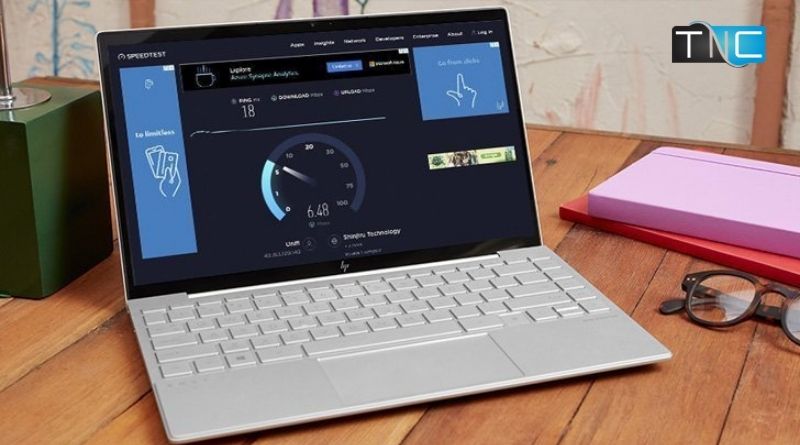A ping is simply an ICMP (Internet Control Message Protocol) ECHO REQUEST message that is sent to a remote host to see if the host is alive. It is used to test the reachability of a host on the Internet. It is a powerful network tool as it allows you, for example, to determine whether an IP address is up, or determine the response time from your server (using the “time” command).
What are the different types of Pings?
Ping is one of the most important elements of the social media marketing strategy that is used by businesses and marketers. The most important thing is to understand the different types of Pings and the ways in which they can be used by marketers.
The four types of Pings that are used by the marketers are explained in the following section. Vanilla Ping, Eternal Ping, Target Hostname Resolution, Timed Pings, Heavy Pings.
The definition of a Ping in terms of IT
Ping is a computer network administration utility used to test whether a particular host is reachable across an Internet Protocol (IP) network, often the Internet. It is a command in Unix and a Windows command line administration tool.
Ping was designed to test whether a remote host is responding and to measure the round-trip time for messages sent from the originating host to a destination computer and back. The name comes from active sonar terminology, in which a “ping” echoes (“pings back”), making it viable to identify where something is.
How can I use Pings?
Pings are a great way to increase your website’s popularity. Pings are one of the most powerful ways to make your site popular. It is a simple concept where you send a ping to someone else’s website. This will trigger a notification of your website being linked to their website.
You can add pings to your website in three simple steps:
1. Go to Pingomatic.
2. Enter the website you are pinging.
3. Enter the message you want to be displayed. Then click the “Send” button. Your website will then be sent to the website you entered in step two.
How to get more people to use Pings?
When you are working on your website, it’s important to constantly ask the question “what works?” As we are consistently getting feedback from our clients, we decided to ask them about Pings. We wanted to see what they liked about it and what they didn’t. It’s been 3 months since we launched Pings and we wanted to share the results of this survey.
Why you should build a Ping?
A ping is a simple, fast, and reliable way to keep track of your website’s availability and performance from multiple locations and different places. Pinging a URL allows you to test whether the host is working and if the response time is within a certain range. Pinging a URL is also a famous way to keep tabs on your website’s performance.
I’ll be the first to admit it.
I’ve never really been a fan of the Ping button. I know it seems silly, but when it was first introduced, it felt like a pretty big slap in the face to me as a consumer. I never wanted to be “followed” by a brand. I wanted to be in control of that relationship. But over the years, I’ve learned a lot about why Pings are important for brands and I’ve learned how to use them to my advantage.
The bottom line is that Pings are an opportunity for a consumer to say hello to a brand and share their thoughts in a very public forum. It’s a great way to keep up with what’s happening with a brand and join a conversation that might not have otherwise been started.

